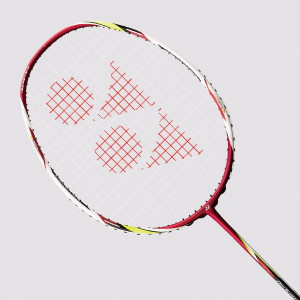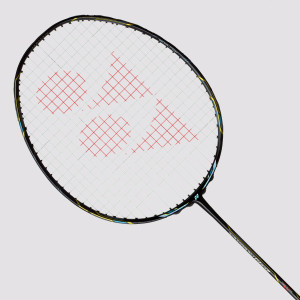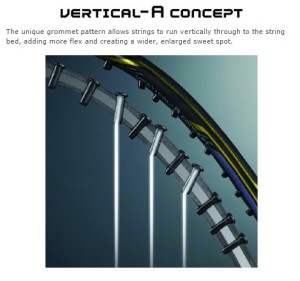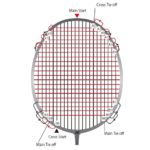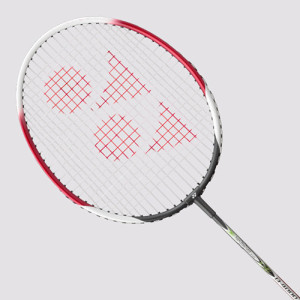
There are minor but important differences between youth racquets and teen racquets. Most youth racquets, for example, are a bit shorter and slightly more flexible than teen racquets. At the same, youth racquets are a bit longer and a little stiffer than children’s racquets. They are designed to hit the shuttle deeper into the opposing court than teen or adult racquets.
The best way to determine which racquet is right for your youth is to bring them into the store for consultation with one of our experts. We can help you pick out a badminton racquet that will bring out the best in the youth badminton player in your family.
Below is a sample of racquets that our experts have determined to be generally suitable for badminton players aged 9 to 12. For more information, please come into the store and consult with one of our experts. We are open 7 days a week and we carry Calgary’s largest selection of badminton racquets for men, women, teens and children.
 |
For a full list of racquets in this category, please check out our ONLINE RACQUET SELECTOR. You can sort by sport, gender, brand, size, weight, balance and more. |
Youth Badminton Racquets
Nine badminton racquets suitable for youth badminton players.
-

Yonex B 4000 Badminton Racquet
CAD $24.99 -
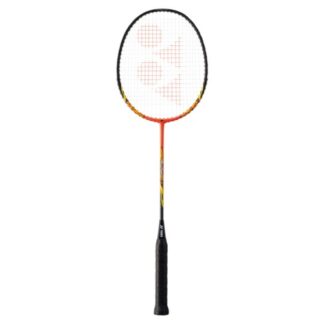
Yonex Muscle Power 8LT Badminton Racquet
Original price was: CAD $65.00.CAD $59.99Current price is: CAD $59.99. -
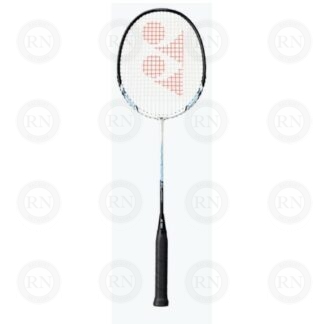
Yonex Muscle Power 2 Badminton Racquet
Original price was: CAD $40.00.CAD $34.99Current price is: CAD $34.99. -
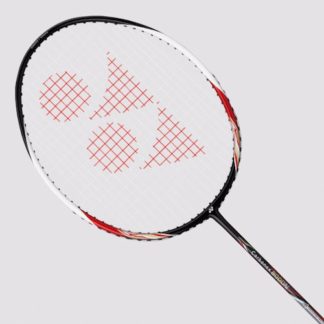
Yonex Carbonex 8000N Badminton Racquet
Price range: CAD $60.00 through CAD $458.00 -
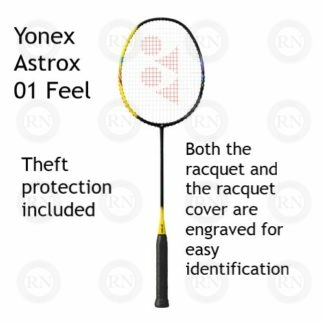
Yonex Astrox 01 Feel Badminton Racquet
Original price was: CAD $80.00.CAD $74.99Current price is: CAD $74.99. -
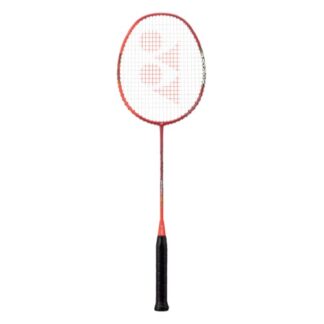
Yonex Astrox 01 Ability Badminton Racquet
Original price was: CAD $80.00.CAD $74.99Current price is: CAD $74.99. -
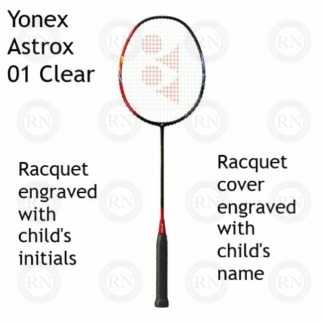
Yonex Astrox 01 Clear Badminton Racquet
Original price was: CAD $80.00.CAD $74.99Current price is: CAD $74.99. -
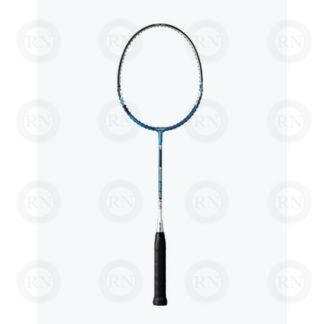
Yonex B7000 MDM Badminton Racquet
Original price was: CAD $36.00.CAD $29.99Current price is: CAD $29.99. -
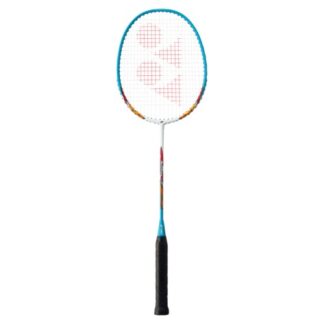
Yonex Muscle Power 5LT Badminton Racquet
Original price was: CAD $59.00.CAD $49.99Current price is: CAD $49.99.
 |
For a full list of racquets in this category, please check out our ONLINE RACQUET SELECTOR. You can sort by sport, gender, brand, size, weight, balance and more. |
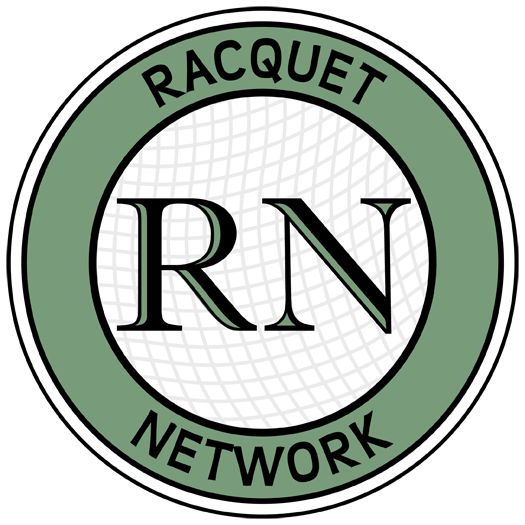
 It doesn’t matter what you are buying — racquets, shoes, string, accessories — price should not be your most important consideration. If it is, you will almost certainly make a poor decision.
It doesn’t matter what you are buying — racquets, shoes, string, accessories — price should not be your most important consideration. If it is, you will almost certainly make a poor decision.